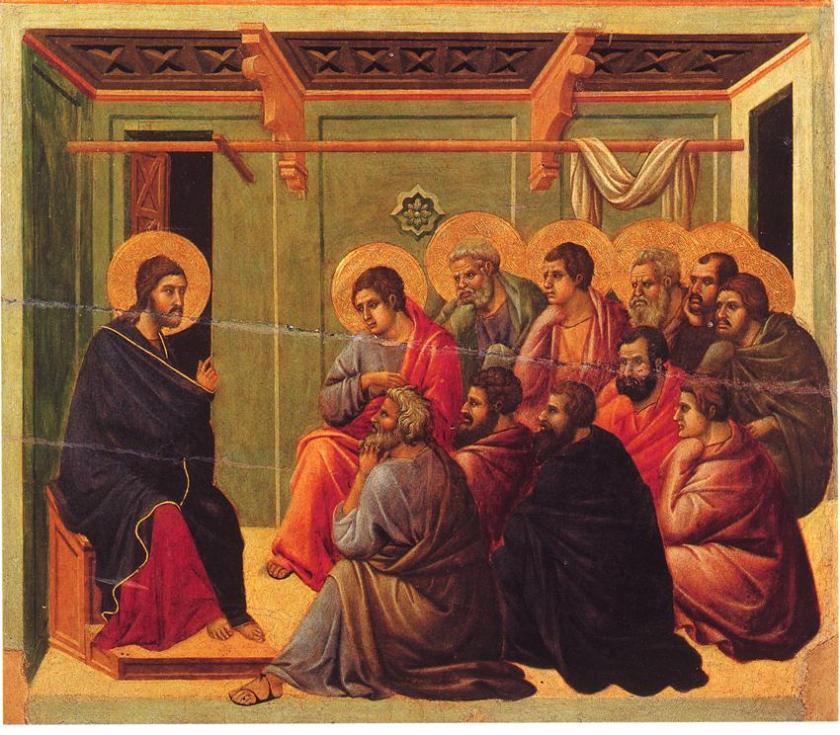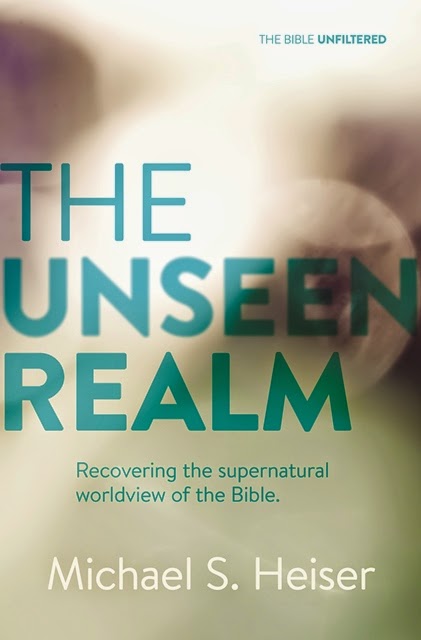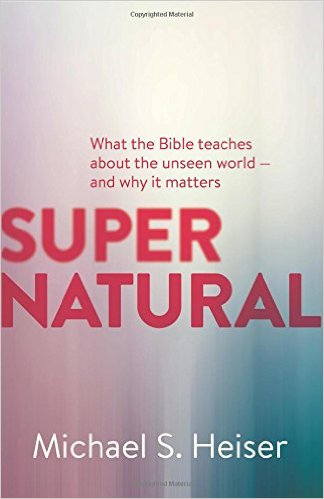Marianne Meye Thompson, the George Eldon Ladd Professor on the New Testament at Fuller Theological Seminary, has written a fine commentary on John. She employs narrative and historical criticism, choosing to focus “on the narrative and on the broad cultural milieu” from which John’s narrative arose. Basically, she looks at the story of John’s Gospel and examines the culture and history to illuminate the meanings of Jesus’ actions or words (such as the Festival of Tabernacles to understand Jesus’ words in John 7).
However, Thompson also acknowledges that history cannot ell us everything we need to know about Jesus. Many have pondered over whether John presents “the Jesus of history” to his readers, but “the inadequacy of historical reconstruction is already evident in the opening words of the Gospel, where Jesus the Messiah (1:17) is introduced as the Word through whom the world was made, who became flesh, and who is now ever with the Father” (9). Historical reconstruction cannot go back into eternity. It remains within the world of the created and it cannot inform us about who the pre-incarnate Word is, how he had glory with the Father before the world existed (17:5), and what Jesus has done since ascending back to the Father. The three statements in the quote above present the “cosmic identity of the Word as the agent of life” (9). They are confessional statements who tell us who Jesus really is. He is a Jesus who we could not previously see with our eyes, who we cannot see now, but who we will see. We will see him “as he is” (1 Jn 3.2).
John is clearly different from the Synoptic Gospels. Following Richard Bauckham, Thompson disagrees that John the Apostle, the son of Zebedee, wrote the Gospel of John. Instead the Beloved Disciple, whoever he was, was known to the readers and is trustworthy (21:24). Since he was “the first to believe in the risen Lord and to believe without seeing, [he] is also the witness behind the Gospel, to believe in the witness of the Gospel is to believe the witness of this one who saw Jesus” (428). Thompson says, “What we have in John is a narrative account of who a first-century Christian author understood Jesus to be” (22). Though I disagree with her over the Gospel’s author, John brings his own perspective to the table. He emphasizes Jesus’ postresurrection appearances for they give life to his followers and perspective to his life ministry and teachings (2:22; 12:16).
Thompson writes seven pages on John’s perspective and witness to Jesus, with the introduction itself being only twenty-four pages. Her introduction, though brief, is not concerned with a Johannine community and its hypothetical problems, teachings, and needs. While John did have an intended audience, we cannot discover that audience based on John’s Gospel. Thompson posits that John’s Gospel was written in the latter end of the first century for believers in Ephesus. Ultimately, his Gospel is written for all people that we may know and understand who this Christ is through his ministry.
Thompson divides John into six section and includes nine excursus (see below). She offers her own translation and provides a few textual notes after each translation. Each chapter in John is divided into a few smaller section, and each section may cover four to eight pages. She illuminates John’s purpose without boring her reader.
Sometimes Thompson doesn’t explicitly answer some kind of difficulty or seeming contradiction. One example would be the timing of Jesus’ temple cleansing in John 2. After noting that both Jesus’ temple cleansing and donkey-ridden entry into Jerusalem occurred on Passover, Thompson says, “At the first Passover, Jesus’ action in the temple prefigures Jesus’ death and resurrection; at the last Passover in the Gospel, Jesus goes to his death.” She then includes a footnote on those commentators who understand the temple cleansing to have happened early in Jesus’ ministry and late in his ministry.
Though I would have appreciated seeing Thompson elaborate on whether she thought this was the same temple cleansing as in the Synoptics, I must also point out that this is not the intended function of her commentary. She shows what John is doing narratively: he’s highlighting Jesus’ death and resurrection with the temple at the beginning and end of his ministry. There are other places in her commentary where Thompson does not “answer” a problem I have. It may very well be because it does not fit with her methodology.
But historically, did this occur twice in Jesus’ life or once? Again, Thompson looks at the cultural (e.g., the woman at the well) and historical events in Jesus’ life (e.g., the various festivals), not over every detail of his (albeit historical) life.
The Chocolate Milk
I don’t want to end this review on a sour note. I very much enjoyed Thompson’s commentary. She shows sympathy to the woman at the well by pointing out that the woman’s five previous marriages would have ended in death or divorce, and if divorce, she would have been cast off by the husband. She may be living immorally with the sixth husband, or perhaps in desperation. Either way Jesus does not condemn her, but “many commentators and preachers have hastened to fill the void!” (103). She doesn’t think that John 6 refers directly to the Lord’s Supper, but that there are legitimate connections between them. In John 3.5, the phrase “water and spirit” refer to a single birth (81). John 21 shows the life-giving and sending work of Jesus to the world through his disciples. He is alive, he validates the beloved disciples’ witness, and he sends his disciples, specifically Peter, out with a mission just as he was sent.
Recommended?
Marianne Thompson has written a fine commentary on John’s Gospel which would be helpful for the student, teacher, and pastor. She helpfully keeps the story in mind as she goes through each section of the text, reminding the reader that Jesus, the Word, exercises God’s authority in his words, actions, death, and resurrection. He gives life so that other may know God and live with him forever.
Lagniappe
- Series: New Testament Library
- Author: Marianne Meye Thompson
- Hardcover: 568 pages
- Publisher: Westminster John Knox Press (November 6, 2015)
Buy it on Amazon
Disclosure: I received this book free from Westminster John Knox Press. The opinions I have expressed are my own, and I was not required to write a positive review. I am disclosing this in accordance with the Federal Trade Commission’s 16 CFR, Part 255 http://www.access.gpo.gov/nara/cfr/waisidx_03/16cfr255_03.html.
Amazon Affiliate Disclosure: I receive a percentage of revenue if you buy from Amazon on my blog.

















